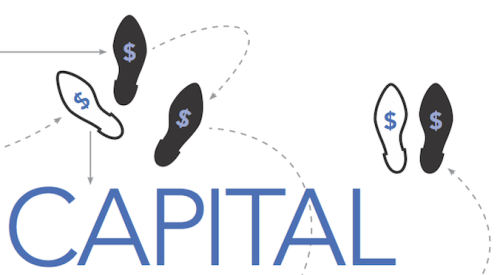Luxury home builder Jay Grant of Grant Homes in Morristown, N.J., tapped a deep reservoir of builder interest last month at the International Builders’ Show with an hour-long seminar on preserving personal net worth.
A packed crowd of about 300 builders in Atlanta heard Grant, a second-generation builder with $8 million to $10 million in annual closings, discuss his methods for constructing an “iron curtain” around personal assets. It stands to reason why so many showed up. With the housing market remarkably strong, home builders are searching for ways to lock in profits without jeopardizing company growth.
The issue for most, says Grant, is that closely held small and medium-size companies lack adequate control of the “revolving door” between personal funds and corporate reinvestment dollars. Too much personal liquidity often finds its way back into new land and materials for more and bigger projects.
“My question to them was how much of their net worth they are willing to put at risk every day they are in business,” Grant says. “If the answer is 100%, then they don’t need an iron curtain. Alternatively, if they are willing to risk only 30% or 40%, then they will know that instead of being able to do four projects, they might only be able to do two.”
Steve Maltzman, CPA, a Redlands, Calif.-based financial consultant to more than 75 home builders, agrees with Grant’s view and approach to net-worth issues.
“The biggest problem is that builders want to get bigger and bigger, and they totally lose sight of diversification,” says Maltzman. “When things are good, they are great. When things are bad, builders get hit real bad because all they have done is plow every single cent they have made back into the building business.”
Grant’s approach is home-grown but effective. It requires CEO/owners to first determine proper allocations of personal cash among liquid, long-term and retirement assets such as IRAs and 401(k) plans. The liquid fund is for everything from a builder’s personal mortgage to real estate investments back into the company. The long-term sector of personal cash is for growth for retirement beyond the basic retirement assets.
The system also requires implementation of variations of the following:
- Short-term funding. This is money to be returned in 60 to 90 days. If there is a short-term real estate capital call, a builder should first access his equity line, and then money-market cash, which is not to go below a set minimum of six months’ expenses.
- First return of capital to the CEO. The money should be used to pay down the equity line’s borrowed funds so that the objective is to keep the line at zero.
- Profit distributions. When the equity line is at zero and money-market cash is fully funded, then distribute money in equal parts to cash, long-term and retirement in percentages determined by the CEO.
- Long-term capital needs. These are investments that range from one to three years or 15 years. The goal is to maximize collateral and obtain 100% of construction needs from a banker to preserve the equity line and the CEO’s cash and investments.
Randy Wilkerson of Construction Resource Management in Knoxville, Tenn., views the net-worth seminar as a business-changing event. Last year his company closed 21 luxury homes, with much of the profit reinvested in new development.
“Our tendency is to be builders and to focus on building houses,” says Wilkerson. “I guess the biggest thing I got from it was a wake-up call.”












